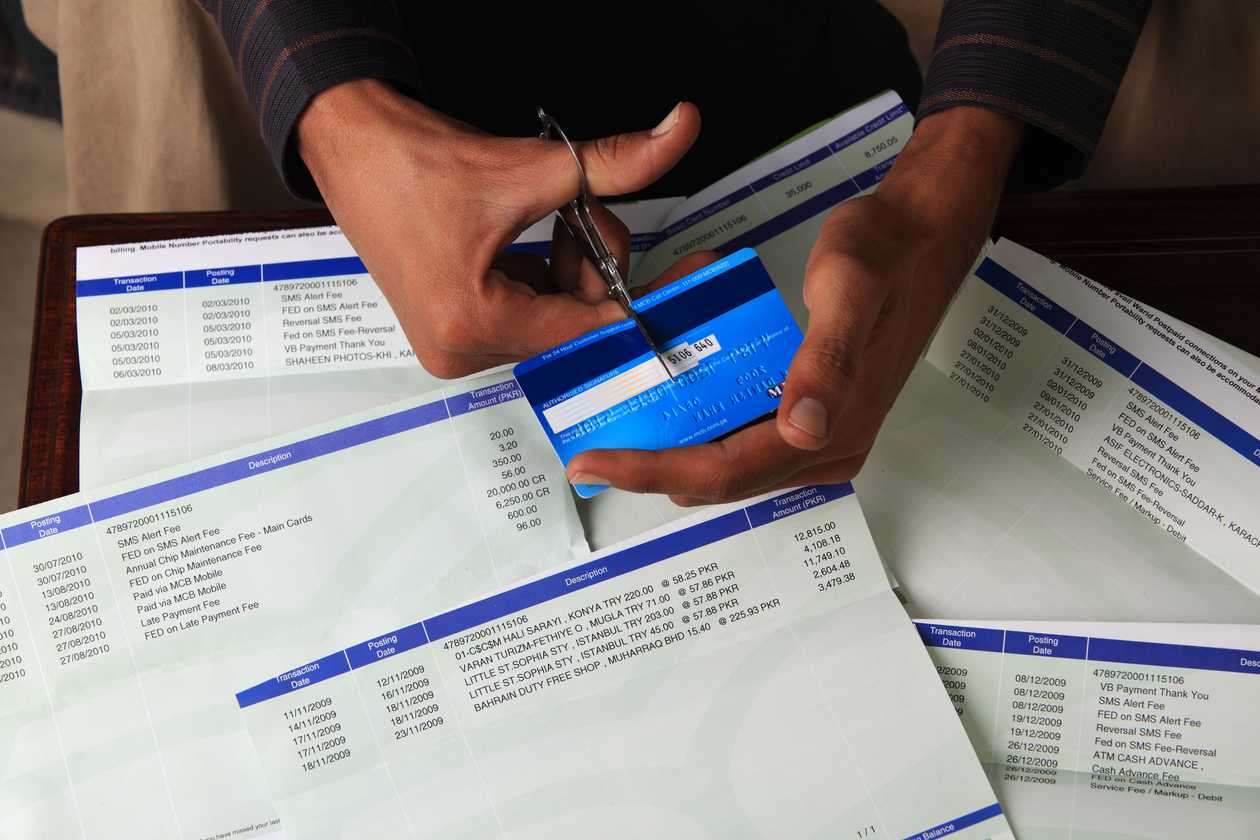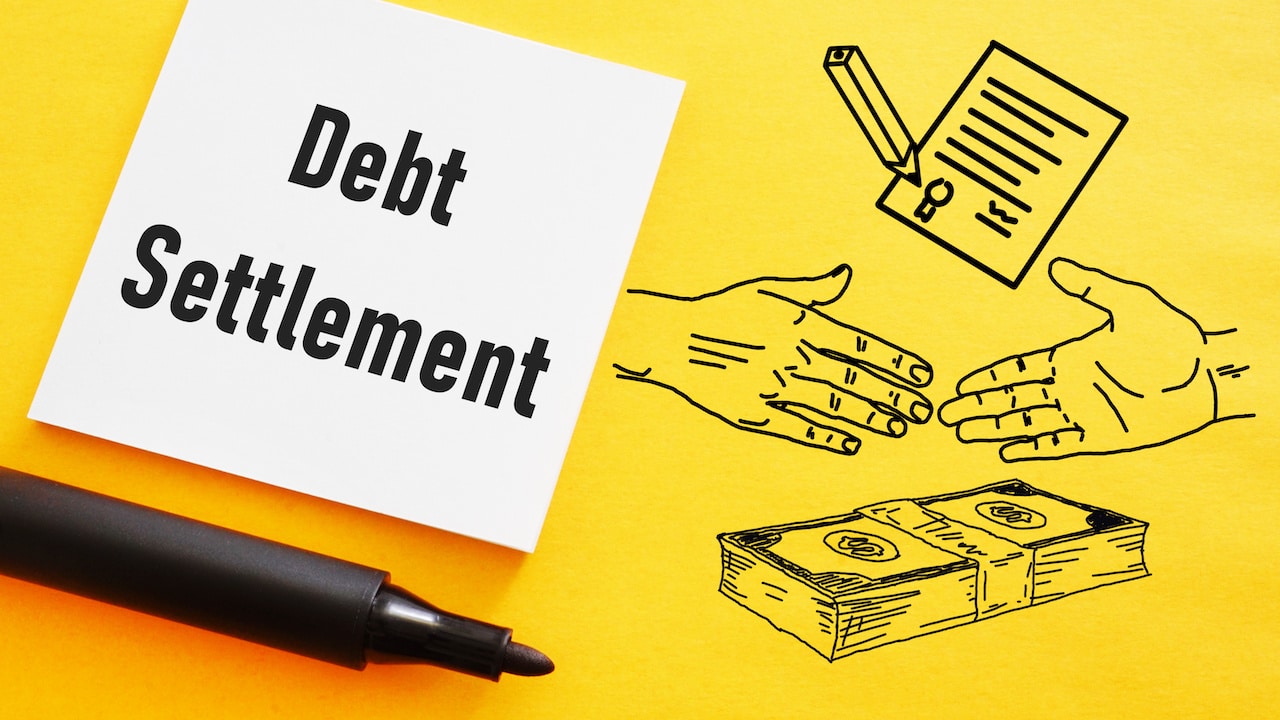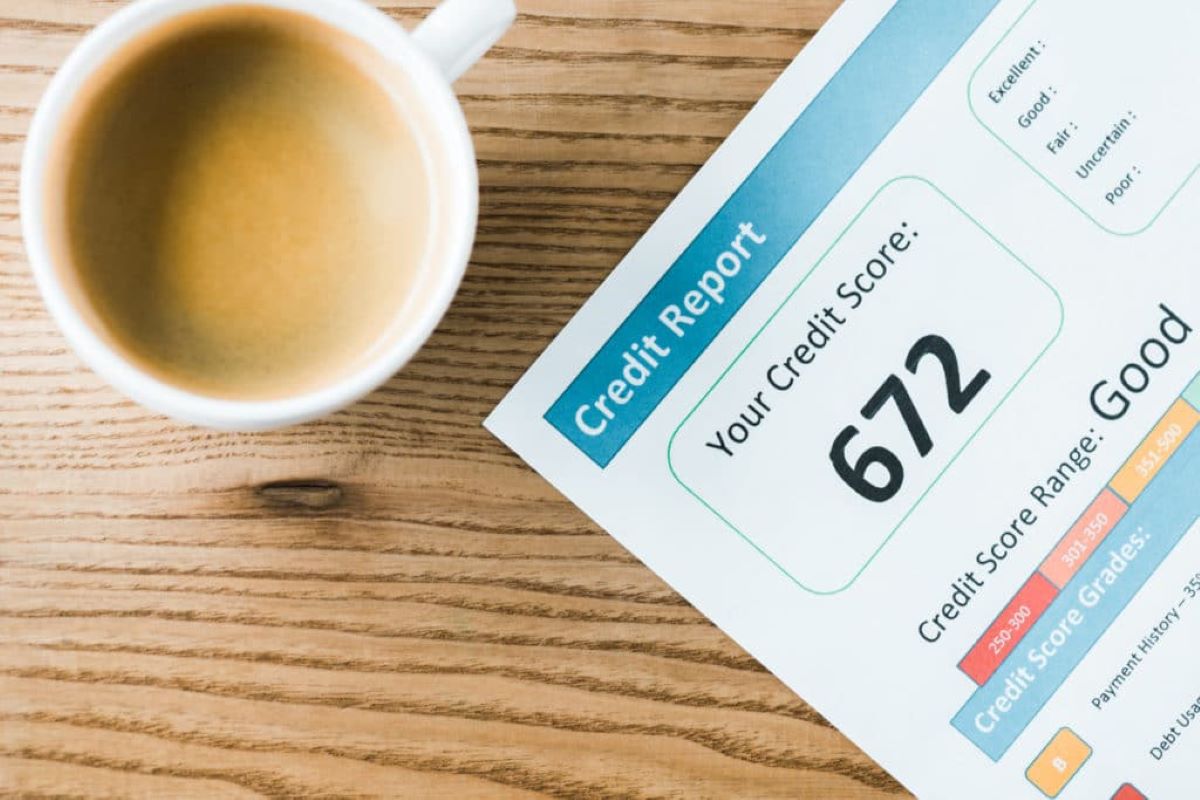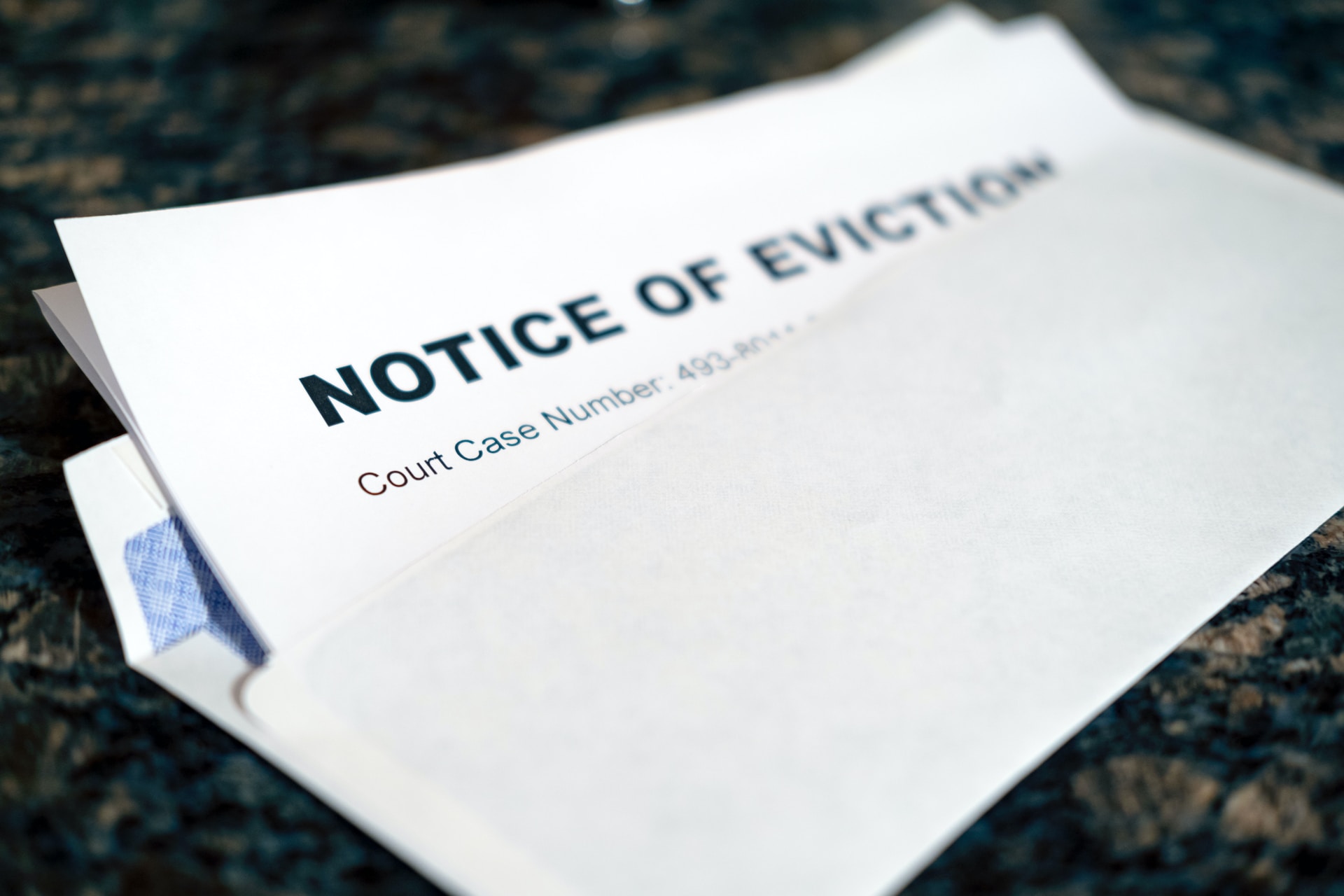Home>Finance>How Long Does A Credit Default Stay On Your File


Finance
How Long Does A Credit Default Stay On Your File
Published: March 4, 2024
Learn about the impact of credit defaults on your financial file and how long they stay. Understand the implications for your finances. Get expert advice on finance.
(Many of the links in this article redirect to a specific reviewed product. Your purchase of these products through affiliate links helps to generate commission for LiveWell, at no extra cost. Learn more)
Table of Contents
Introduction
Understanding the Longevity of Credit Defaults
Credit defaults can significantly impact an individual's financial standing and borrowing capabilities. Understanding the duration for which a credit default remains on your file is crucial for making informed financial decisions. This article will delve into the intricacies of credit defaults, shedding light on their duration, impact, and potential methods for removal.
A credit default occurs when a borrower fails to meet their repayment obligations, leading the lender to report the default to credit reporting agencies. This negative mark on a credit file can have far-reaching consequences, affecting the individual's ability to secure loans, credit cards, or mortgages in the future. As such, the duration for which a credit default lingers on a credit file is a pivotal factor that individuals must comprehend.
Throughout this article, we will unravel the complexities of credit defaults, offering insights into their duration, repercussions, and potential strategies for their removal. By gaining a comprehensive understanding of credit defaults and their implications, readers can navigate the financial landscape more effectively, empowering them to make informed decisions and take proactive steps to improve their credit standing.
Understanding Credit Defaults
Deciphering the Impact of Credit Defaults
Credit defaults represent a significant blemish on an individual’s credit history, signaling a failure to meet financial obligations. When a borrower consistently misses payments or fails to adhere to the terms of a credit agreement, the lender may declare a default, triggering adverse consequences for the borrower’s credit profile.
Upon the occurrence of a credit default, the lender typically reports this delinquency to credit reporting agencies, which then reflects the default on the individual’s credit file. This negative mark can endure for an extended period, influencing the individual’s creditworthiness and financial prospects.
Understanding the implications of credit defaults is paramount. It directly impacts an individual’s ability to secure favorable loan terms, obtain credit cards, or access other financial products and services. Furthermore, credit defaults can lead to higher interest rates, limited credit options, and challenges in obtaining approval for future credit applications.
Moreover, the presence of credit defaults on a credit file can diminish the individual’s overall credit score, which serves as a key determinant for lenders assessing creditworthiness. As a result, borrowers with credit defaults may encounter hurdles when attempting to secure financing or may only qualify for less favorable terms.
By comprehending the ramifications of credit defaults, individuals can appreciate the gravity of these financial setbacks and take proactive measures to mitigate their impact. This understanding also underscores the importance of addressing credit defaults effectively and seeking viable solutions to rectify these adverse marks on one’s credit history.
How Long Credit Defaults Stay on Your File
Duration of Credit Default Listings
The duration for which a credit default remains on an individual’s credit file varies based on the credit reporting regulations in different countries. In general, credit defaults can linger on a credit file for a significant period, impacting the individual’s creditworthiness and financial prospects.
In many countries, credit default listings typically remain on a credit file for a duration of five to seven years from the date of the initial missed payment or the declaration of default by the lender. During this period, the default is visible to potential lenders and can influence their decisions when assessing the individual’s credit application.
It is important to note that even after the initial default period elapses, the adverse impact of the default may persist. This is because the repercussions of a credit default, such as a lowered credit score and diminished creditworthiness, can endure beyond the specific duration for which the default is listed on the credit file.
Furthermore, the presence of multiple credit defaults can exacerbate the negative impact on an individual’s credit file, potentially prolonging the challenges associated with securing credit or obtaining favorable loan terms. Therefore, it is imperative for individuals to address credit defaults promptly and explore avenues for rectifying these issues to mitigate their long-term repercussions.
Understanding the duration for which credit defaults remain on a credit file underscores the significance of proactive credit management and the importance of taking decisive steps to address and rectify defaults in a timely manner. By being cognizant of these timelines, individuals can navigate their financial journey with greater awareness and make informed decisions to safeguard their credit standing.
Impact of Credit Defaults
Implications of Credit Defaults on Financial Standing
The presence of credit defaults on an individual’s credit file can have far-reaching implications, significantly impacting their financial standing and borrowing capabilities. These defaults can cast a shadow over the individual’s creditworthiness, leading to various challenges and limitations in the financial realm.
One of the primary impacts of credit defaults is the hindrance they pose to obtaining new lines of credit or financing. Lenders and financial institutions scrutinize credit files when assessing loan applications, and the presence of defaults can lead to rejections or approvals with less favorable terms. This can impede individuals from accessing essential financial resources and opportunities.
Moreover, credit defaults can contribute to a decline in the individual’s credit score, which serves as a pivotal factor in determining creditworthiness. A lower credit score resulting from defaults can restrict access to competitive interest rates, favorable loan terms, and premium credit card offers, limiting the individual’s financial flexibility and potential savings.
Furthermore, the impact of credit defaults extends beyond the realm of borrowing, affecting other aspects of the individual’s financial life. For instance, defaults can influence insurance premiums, rental applications, and even employment opportunities, as some employers may review credit histories as part of the hiring process.
Additionally, the psychological impact of credit defaults should not be overlooked. Individuals grappling with the repercussions of defaults may experience heightened stress and anxiety related to their financial situation, impacting their overall well-being and quality of life.
By comprehending the multifaceted impact of credit defaults, individuals can recognize the urgency of addressing these issues and seek viable strategies for remediation. Proactive measures, such as engaging with creditors to negotiate payment arrangements or seeking professional credit counseling, can aid in mitigating the adverse effects of credit defaults and charting a path toward improved financial stability.
How to Remove Credit Defaults
Strategies for Addressing and Rectifying Credit Defaults
While credit defaults can have a lasting impact, there are actionable steps that individuals can take to address and potentially remove these negative marks from their credit files. By proactively engaging in credit management and exploring viable solutions, individuals can work towards improving their credit standing and mitigating the repercussions of defaults.
One approach to consider is engaging directly with creditors to negotiate payment arrangements or settlements. By demonstrating a commitment to addressing outstanding debts, individuals may have the opportunity to reach mutually agreeable terms with creditors, potentially leading to the removal or amendment of the default listings on their credit files.
Another avenue to explore is the option of lodging a formal dispute with credit reporting agencies if there are inaccuracies or discrepancies related to the default listings. This process involves providing supporting documentation and requesting a review of the reported defaults, with the potential for their removal if the dispute is resolved in the individual’s favor.
Seeking professional credit counseling and guidance can also be instrumental in navigating the complexities of credit defaults. Credit counselors can offer personalized insights and strategies for managing debts, addressing defaults, and establishing a structured plan for improving overall credit health.
Furthermore, for individuals facing financial hardship, exploring hardship variations or assistance programs offered by creditors can provide avenues for managing defaults and mitigating their impact. These programs may involve temporary adjustments to repayment terms or other forms of support to alleviate financial strain and prevent further defaults.
It is important to approach the process of addressing credit defaults with diligence and persistence, as rectifying these issues may require time and concerted effort. By actively engaging with creditors, seeking professional guidance, and leveraging available resources, individuals can take meaningful steps towards resolving credit defaults and working towards a more favorable credit standing.
Conclusion
Navigating Credit Defaults: Empowering Financial Resilience
Understanding the nuances of credit defaults and their enduring impact on one’s financial landscape is pivotal in charting a resilient path towards improved credit health. As individuals encounter the challenges posed by credit defaults, it is essential to approach these circumstances with a blend of awareness, proactive engagement, and informed decision-making.
By comprehending the duration for which credit defaults remain on credit files and acknowledging their multifaceted impact, individuals can equip themselves with the knowledge necessary to navigate these challenges effectively. This awareness serves as a catalyst for exploring viable strategies to address defaults and mitigate their repercussions, ultimately fostering financial resilience and empowerment.
The journey towards addressing credit defaults may involve engaging with creditors, seeking professional guidance, and leveraging available resources to negotiate favorable outcomes. It is a testament to the proactive measures individuals can take to reclaim control over their financial well-being and pave the way for improved credit standing.
Moreover, the impact of credit defaults extends beyond the realm of borrowing, influencing various facets of individuals’ lives. By recognizing the broader implications of defaults and the potential barriers they pose, individuals can strive towards alleviating the stress and limitations associated with these financial setbacks.
As individuals navigate the complexities of credit defaults, it is imperative to approach these challenges with resilience and a proactive mindset. By embracing the opportunity for credit management, seeking viable solutions, and remaining steadfast in their efforts, individuals can work towards removing defaults and fostering a more promising financial future.
In essence, the duration for which credit defaults linger on credit files underscores the significance of informed credit management and the potential for positive change. By embracing proactive measures and exploring avenues for remediation, individuals can embark on a transformative journey towards improved credit health, resilience, and financial empowerment.














